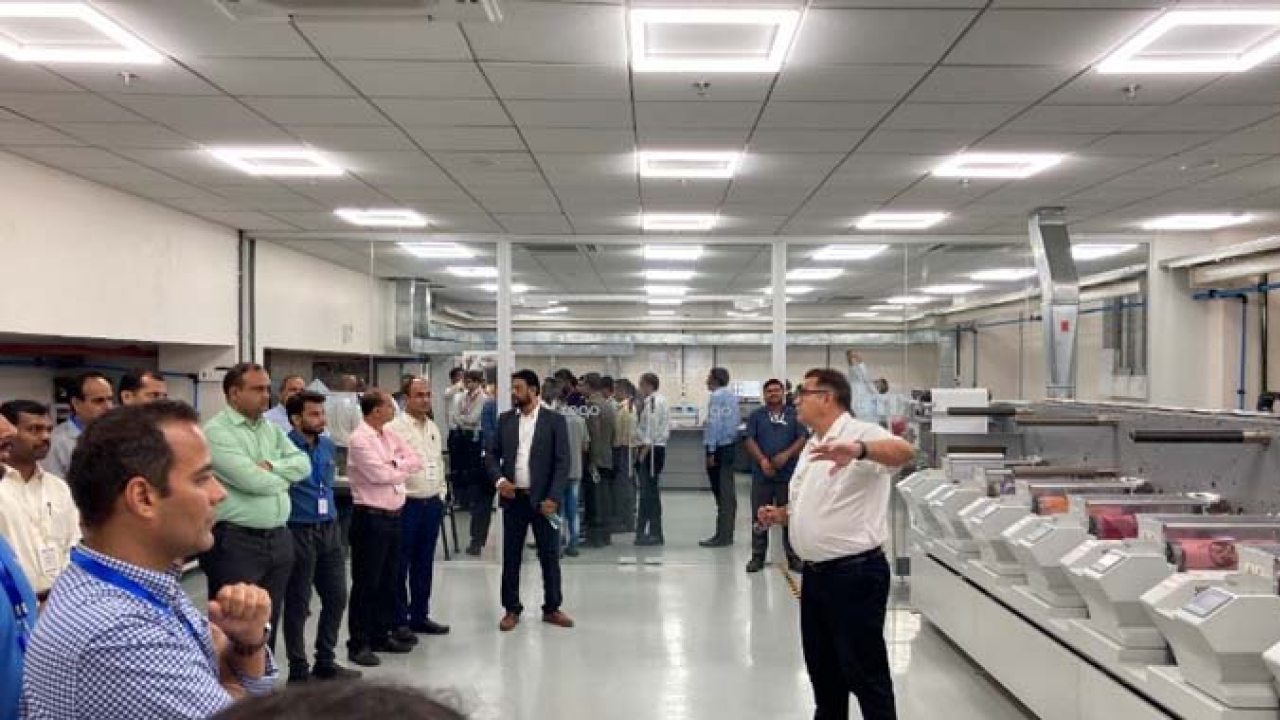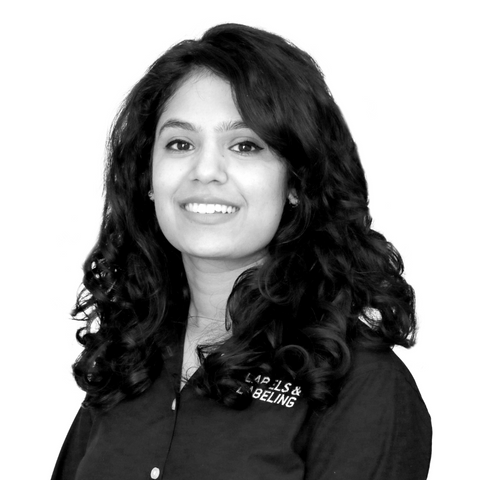FlexoKite demonstrates extended gamut color printing
The FlexoKite Technology Center at the Apex International facility in Nashik hosted an open house on ‘Flexo Simplified with ECG’. The event was attended by 33 from 20 companies including label converters, representatives from leading technology providers and FlexoKite partners Bobst, DuPont, Esko, Flint, Swedcut, Cosmo Films, Tesa, Numex Blocks and Avery Dennison.

The knowledge center is fully equipped with the latest equipment from FlexoKite collaborators. The Asia/Pacific-region Knowledge Center is the sister site to FlexoKite’s inaugural European Knowledge Center based at Apex International’s headquarters in Hapert, the Netherlands.
FlexoKite’s Asia-Pacific facility boasts a newly installed 7-station Bobst M5 label press along with software and plate making equipment from Esko and DuPont, enabling a design-to-delivery workflow that matches the production cycle of printers and converters. The center is managed by Apex International and its partners.
Nick Harvey, technical director of Apex International, said the FlexoKite Center offers suppliers an opportunity to showcase the latest flexo technologies and workflow. The fully functional state-of-the-art flexo center allows converters to conduct R&D testing without affecting their own valuable production time.
What is ECG?
ECG (extended color gamut) is a process by which a wider color gamut can be achieved using a limited set of colors. CYMK plus violet, orange and green replaces the spot colors traditionally used in flexography. The ECG process simplifies the flexo process but requires tight control of all the variables including press parameters, inks, anilox and plates.
Harvey explained that in the past, ECG was hard to achieve due to a range of factors including inconsistency in ink transfer and densities, anilox not behaving as specified, variability in CMYK colors from anilox to anilox and density changes each time the anilox was replaced.
Today an ECG workflow can be achieved with a conventional anilox so long as a ‘snapshot’ of a standardized fingerprint is achieved every time the roll is changed. Successful ECG requires consistently hitting target densities without ink adjustments.
If done correctly, Harvey says, ECG will achieve higher print resolution, up to 50 percent increased productivity, 30 percent less ink cost, and 90 percent less wash-up solvent cost. It enables the use of fewer plates, anilox rolls and manpower, and therefore creates more sustainable products.
A speaker from Flint explained that to achieve ECG, converters need the CMYK + OGV inks to be matched to specific LAB volumes on specified substrates. Ink flows need to be adjusted for minimum transfer variation with changes in machine speed.
Esko explained that ECG enables an average 52 percent reduction in press changeover time – 43 percent in narrow web labels, 53 percent in flexible packaging and 60 percent in offset folding cartons.
First Bobst demo press
Madhumita Chakravarti, regional marketing and communications manager, Indian Subcontinent at Bobst, explained that the M5 label press is the first demo machine in India for labels.
The Master M5 implements what Bobst calls ‘digitalized flexo’ - digital control of flexo press parameters - and the press line includes flexo, silkscreen and gravure with in-line finishing and converting. It offers the full range of lamination technologies including solventless, solvent-based and water-based.
The press is classified as ‘one ECG’ ready, which means it is set up for ECG operation.
Chakravarti also announced that a Bobst digital press will be available in the Indian sub-continent next year. Currently, the company offers its Expert, Vision and M5 series in India. The manufacturer has over 60 installations in India of its narrow and mid-web presses.
Live demonstrations
After a series of presentations, attendees were taken through the Apex production facility, which serves a global converter base from India.
A series of press demonstrations showcased how to achieve fast changeovers using the ECG process. The Bobst M5 press printed three jobs on two substrates including changeovers in less than 22 minutes.
Esko then demonstrated an automated pre-press workflow using the Esko CDI Spark 4835 flexo imager and DuPont Cyrel Fast 2000 TD thermal flexo plate processor.
Harvey emphasized that the knowledge center is a free facility for converters both for educational purposes and for job trials.
Surender Kumar, director of converter Pinnacle Traxim comments: ‘It was a great event for us. We ordered anilox with the coupon gifted to us by Apex International. We already have a Bobst label press at our plant and it was good to see a live demonstration of the Bobst M5. We plan to invest in another press soon. The Apex factory tour was impressive, and we enjoyed the overall event.’
Prashant of Eugen Printing and Packaging adds: ‘The event was well organized and the technologies shown at the event were what label printers want to learn. Printers can save a lot in terms of time, and material, and provide on-time deliveries. The most important part of the ECG process is that there is no need to keep different types of Pantone inks in stock which helps in controlling inventory. Overall, it was a good experience for me.’
Stay up to date
Subscribe to the free Label News newsletter and receive the latest content every week. We'll never share your email address.


